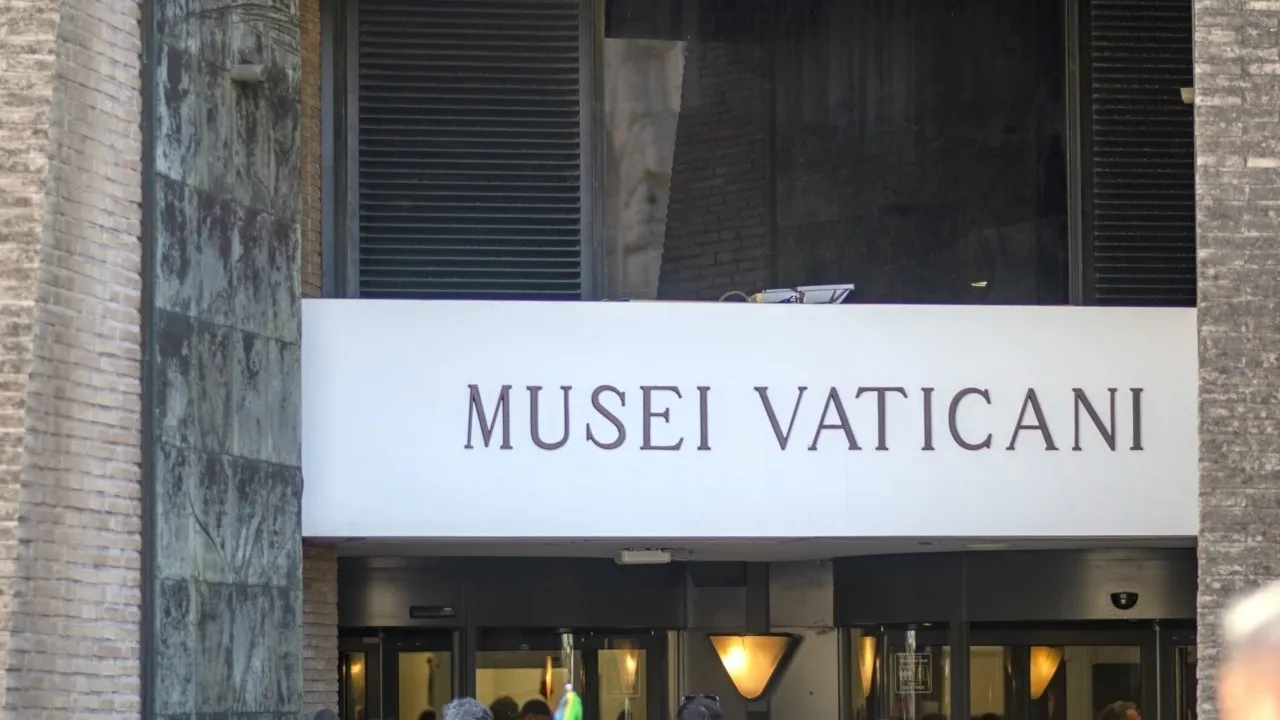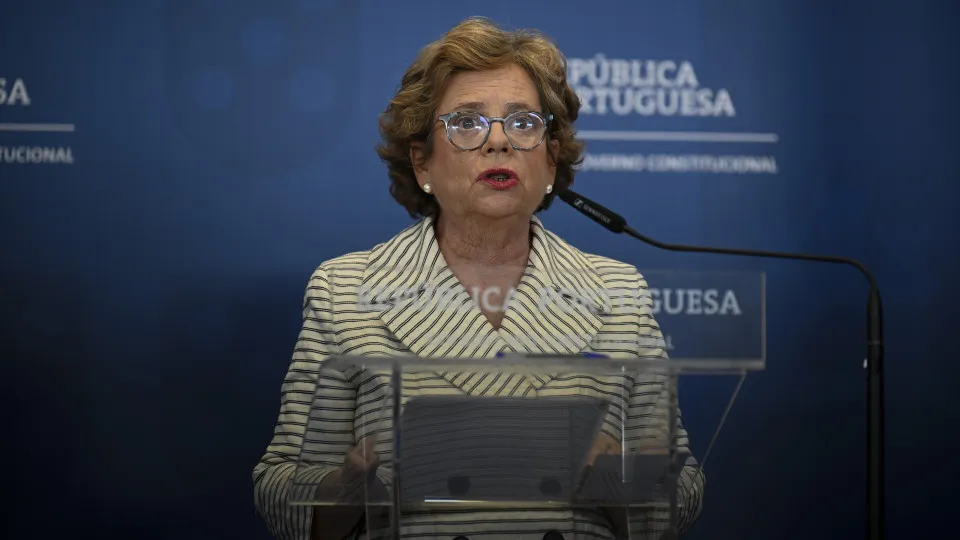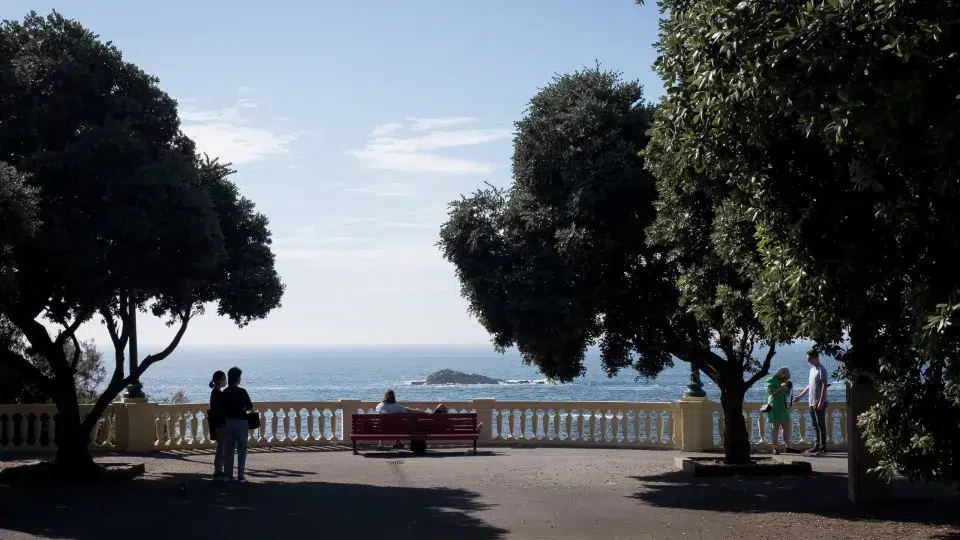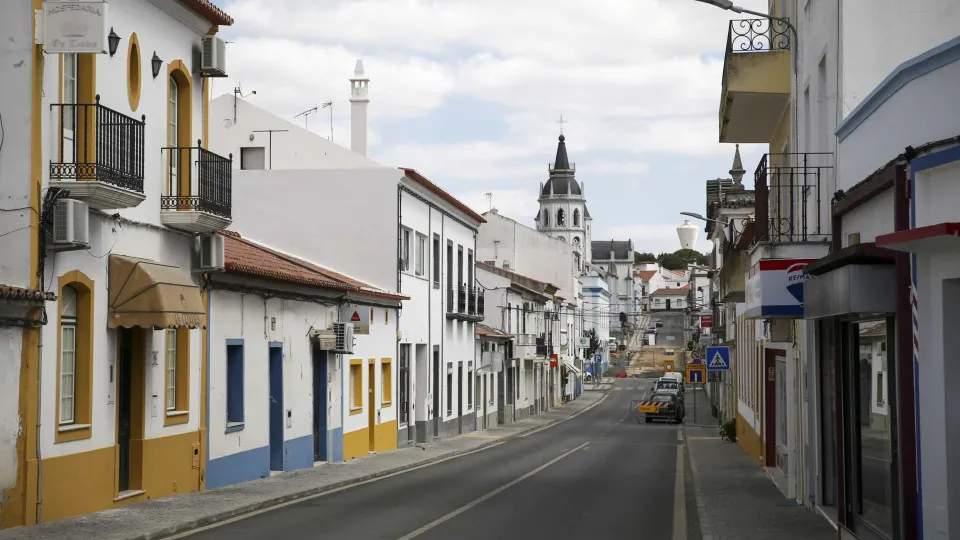
A restoration project on the largest of the four Raphael Rooms has unveiled a mural painting technique initiated by the renowned Renaissance painter and architect. Raphael used oil paint directly on the wall, setting a grid of embedded nails to secure the resin surface on which he worked, according to descriptions provided.
The Vatican Museums authorities announced these discoveries with the reopening of the Room of Constantine after the removal of the last scaffolding.
This reception room, painted by Raphael and his students from the early 1500s, is dedicated to the fourth-century Roman Emperor Constantine, whose conversion to Christianity helped spread the religion across the Roman Empire.
“With this restoration, we are rewriting a part of art history,” stated the director of the Vatican Museums, Barbara Jatta. She believes the Room of Constantine can rival Michelangelo’s Sistine Chapel, a contemporary of Raphael, as a pinnacle of Renaissance art.
Pope Julius II called the young Raphael Sanzio from Florence to Rome in 1508 to decorate a private wing in the Apostolic Palace, offering the then 25-year-old a major commission at the height of his artistic production.
At the time, there were reports that Raphael wanted to decorate the areas not with frescoes but with oil paint directly on the walls to give more vibrancy to the images.
The 10-year restoration of the Room of Constantine confirmed these long-standing rumors, revealed Fabio Piacentini, one of the chief restorers of the project.
Vatican experts discovered that two female figures, located at opposite corners of the hall, Justice and Courtesy, were actually oil paintings on the wall, not frescoes where paint is applied with wet plaster, and are “clearly the work of Raphael himself,” he explained.
Raphael passed away on April 6, 1520, at the age of 37, before the project’s completion. Consequently, the remaining paintings are frescoes completed by his students, who did not master the oil painting technique Raphael had used, stated Barbara Jatta.
During the restoration, experts uncovered that Raphael had planned to create more oil paintings. Beneath the plaster frescoes, they found a series of metal nails believed to have been inserted into the wall to hold the natural resin surface on which Raphael intended to paint, described Fabio Piacentini.
“From a historical, critical, and technical point of view, it was a true discovery,” continued the chief restorer. “The technique used and planned by Raphael was truly experimental for the time and was never found in any other mural with oil paint.”
The final part of restoring the room involved the ceiling, painted by Tommaso Laureti, showcasing an example of Renaissance perspective with the fresco of a false tapestry ‘Triumph of Christianity over Paganism.’
The Raphael Rooms were never completely closed to the public during the restoration and conservation work, and they are now scaffold-free for the many visitors to the Vatican Museums during the Jubilee of 2025.




